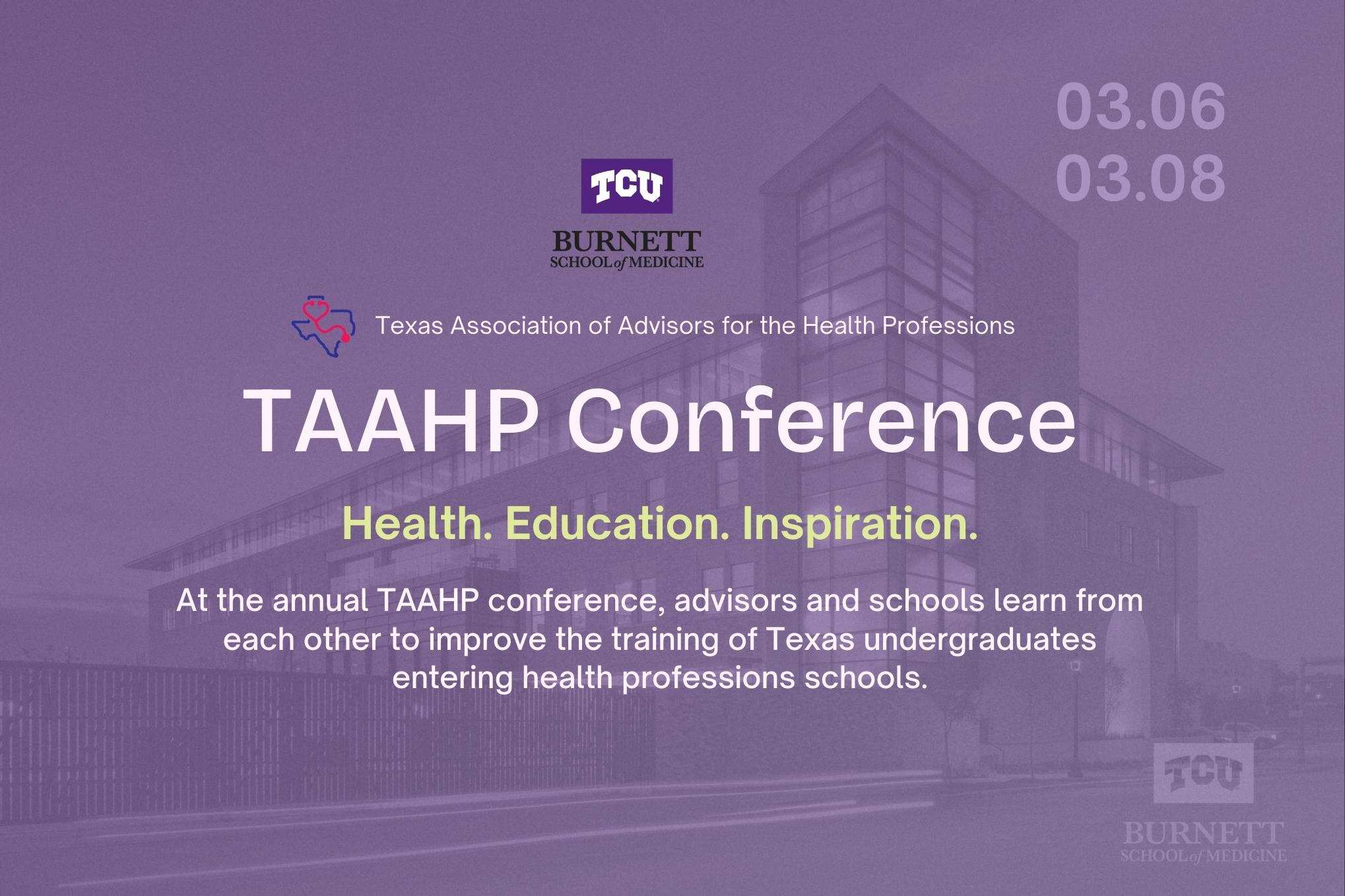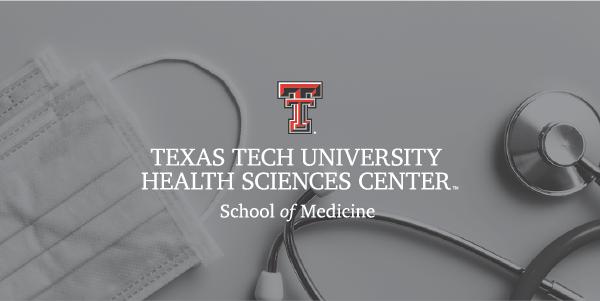Be the Best You: 4 Strategies for a Better Application
STOP! Before submitting that application, there are a few things you ought to think
about. We understand that this has been a marathon of a process for you and you’re
ready to be done, but before you click that button, there is one thing you should
consider: once you submit, there are only a few minor changes that can be made to
your application.
Imagine with me, you’ve been working on your application for several weeks. You are
confident and focused on getting it submitted. You paste your essays into the corresponding
fields, and carefully complete all other sections. You spend a day or two reviewing
all the details and decide it is ready to submit. You’re done. You experience that
overwhelming sense of accomplishment.
Then, you log back into your application a day or two later. Simply to enjoy another
look at your handiwork. And it happens—that moment of sheer horror. You see that your
personal essay has an error in it–a misspelled word. No, there’s actually two! The
errors continue to mount and the panic sets in. You think, “What happens now? Am I
doomed?”
Every year TMDSAS receives an alarming number of calls from desperate applicants hoping
to resolve serious errors they discovered post-submission. Applicants often realize
these mistakes in their application essays or other sections; unfortunately, once
submitted, it is too late to do anything about it. Applicants then spend the next
several months worried that these problems may cost them an interview.
The whole scenario described above can be avoided by taking a few simple steps. So,
for this article we will consider four strategies to consider before submitting your
application.
Strategey 1: Value REVIEW OPPORTUNITIES.
Truth is, you have probably reviewed your application a hundred times (or at least
it may seem like it). You have logged dozens of hours staring at your screen making
sure every detail is correct and feel confident that it is just perfect—that is until
you realize (and likely too late) that it isn’t. That’s why it is critical to review
a printed copy of your application prior to submission.
Reviewing a printed copy will cause you to see the words and sentences differently.
Read it aloud and you may notice opportunities to change sentence structure and make
it sound even better. It is also a good idea to allow others to read it. Have your
pre-health advisor review it with you, or perhaps a member of your family or a close
friend—anyone willing to offer a critical eye and a different perspective. Gaining
admission into professional school takes a community. Learn to rely on your community
now.
Strategy 2: Value THOUGHTFULNESS
What’s the big hurry? Each year we receive hundreds of applications in the first week
of the cycle. These applications contain a disproportionate number of errors compared
to others submitted at any later point. Thinking they could gain an advantage by submitting
super early, applicants will complete their applications in a matter of a few days
or even less. This is never a good idea. Once you have completed the TMDSAS application,
we recommend reviewing your application repeatedly for at least a week before submitting.
Reviewing every detail of your application prior to submission is vital and cannot
be completed without taking the necessary time to do so.
Hundreds of applicants unintentionally submit incomplete applications with missing
or fragmented essays, serious typos, and a host of other issues, all hoping to make
corrections. Once submitted, only a limited number of application sections can be
revised. Don’t rush through completion of the online application Be intentional and
thoughtful.
Strategy 3: Value ACCURACY
Applicants typically place most of their emphasis on the essays and short answer questions.
But often it is the responses to other parts of the application that provide insight
to review committees on who you are. Be accurate in your answers to all questions
in the application. This may require some effort on your part to reconstruct your
past activities such as volunteering and employment.
Applicants often tell us that one of the more tedious tasks is entering in all their
coursework. But getting it right can prevent your application from being delayed in
processing. Our academic evaluators take time to review every course entered in the
application. Mistakes in course entry (whether intentional or accidental) keep the
application in the processing queue longer, increasing the time it takes for your
application to be transmitted to the schools.
Before entering your coursework, make certain you reference the guidelines found in
the latest version of the TMDSAS Application Guide. Also, download course listings
from the TMDSAS website that are specific to your institution and will help in coding
your courses properly. Finally, make certain that you enter your coursework and grades
according to how they are indicated on your official transcripts.
Strategy 4: Value HONESTY
Applicants often try to get into the minds of admissions officers and develop responses
around what they feel is being looked for in a candidate. However, professional school admissions officers are looking for the real you, not a false
representation. And the TMDSAS application is just one component of the entire admissions process;
our representative institutions have developed complex procedures for evaluating candidates
and are sure to identify falsifications, however small they may seem.
Some of these falsifications (or exaggerations) happen in embellishing employment
and/or volunteer hours. Often, TMDSAS staff will ask for proof of employment when
deliberating on, for example, a Texas residency case. Be careful not to embellish
activity hours. The interview committees have been at this for years—they’ll discern
any discrepancies!
SUMMARY
These strategies are meant to give you a broader perspective and to help you through
the application cycle. TMDSAS is not just an application clearinghouse—we are a group
of individuals who believe in you and want to see you succeed. If you have questions
or perhaps you would just like to share some concerns or anxieties you are experiencing
regarding the application process, we are here to listen! Always feel free to contact
us via email or telephone. From all of us at TMDSAS, we wish you the best and look
forward to seeing your impact on the world as future dentists, physicians, and veterinarians.
Read More Articles

About the author: The Texas Health Education Service amplifies TMDSAS and JAMP’s missions to serve students, collegiate advisors, and professional schools in Texas by providing students with accurate educational resources to enhance their preparation for a career in the health professions, and supporting efforts by advisors and professional schools to reach students and enrich the applicant pool.




